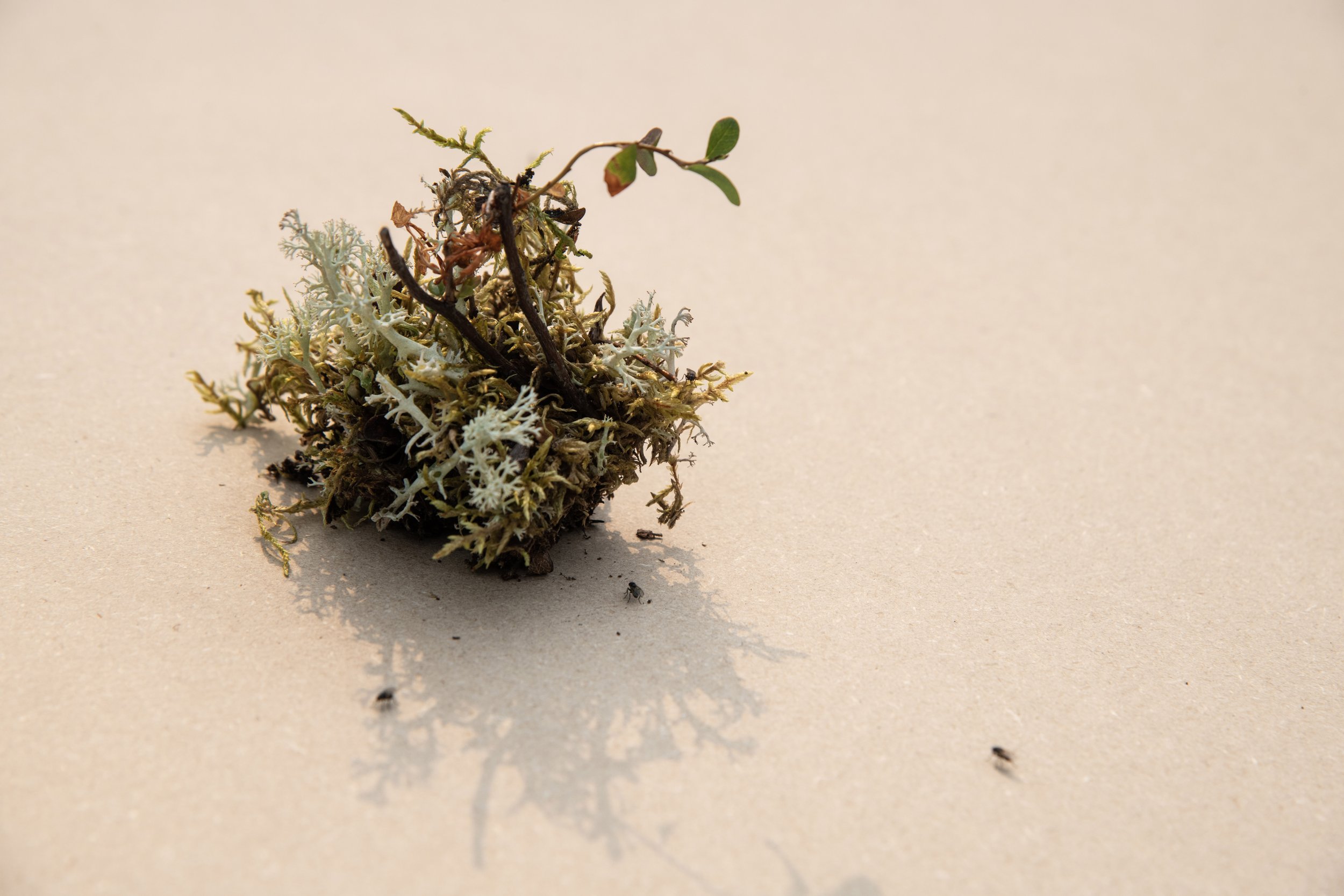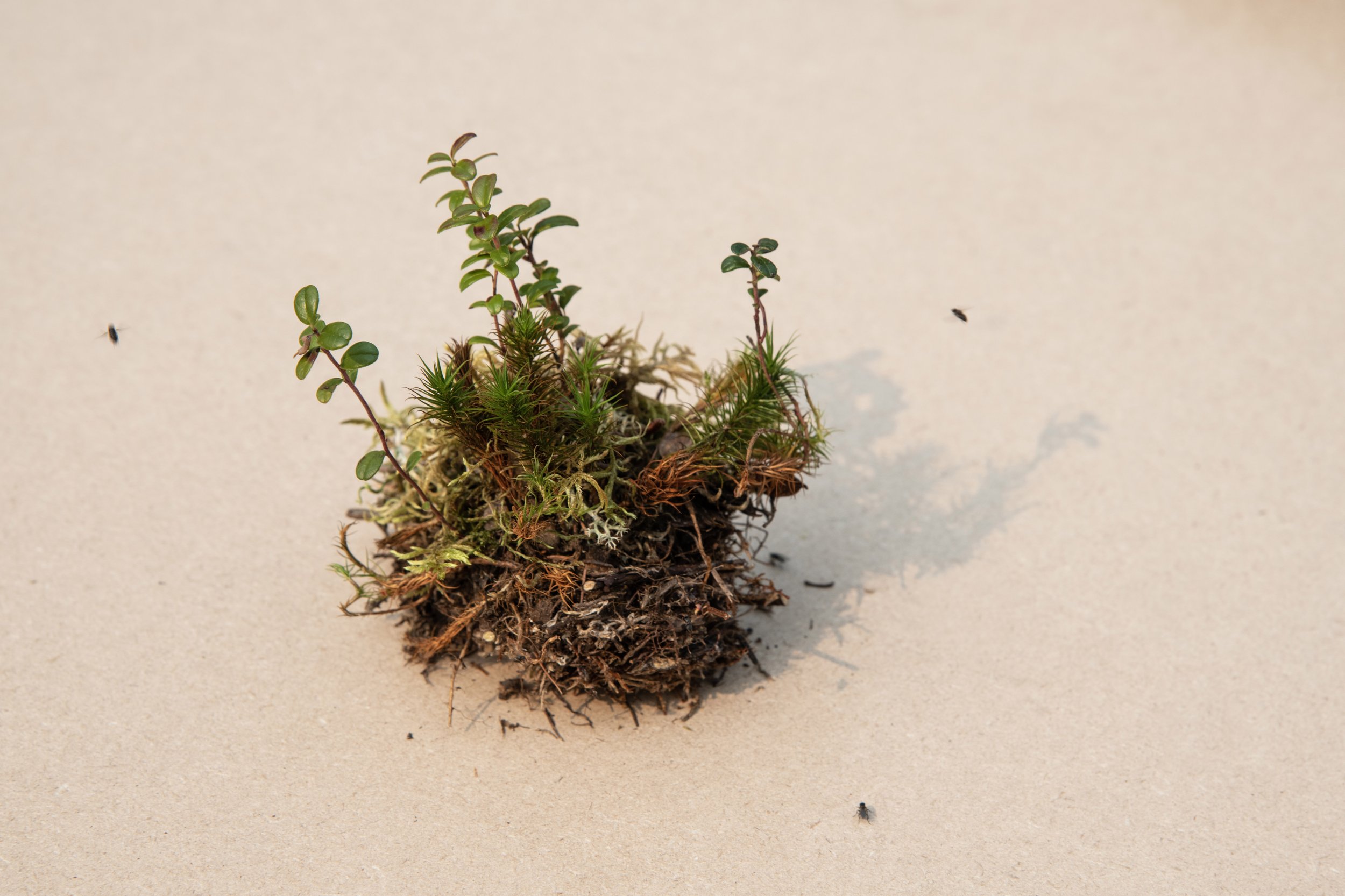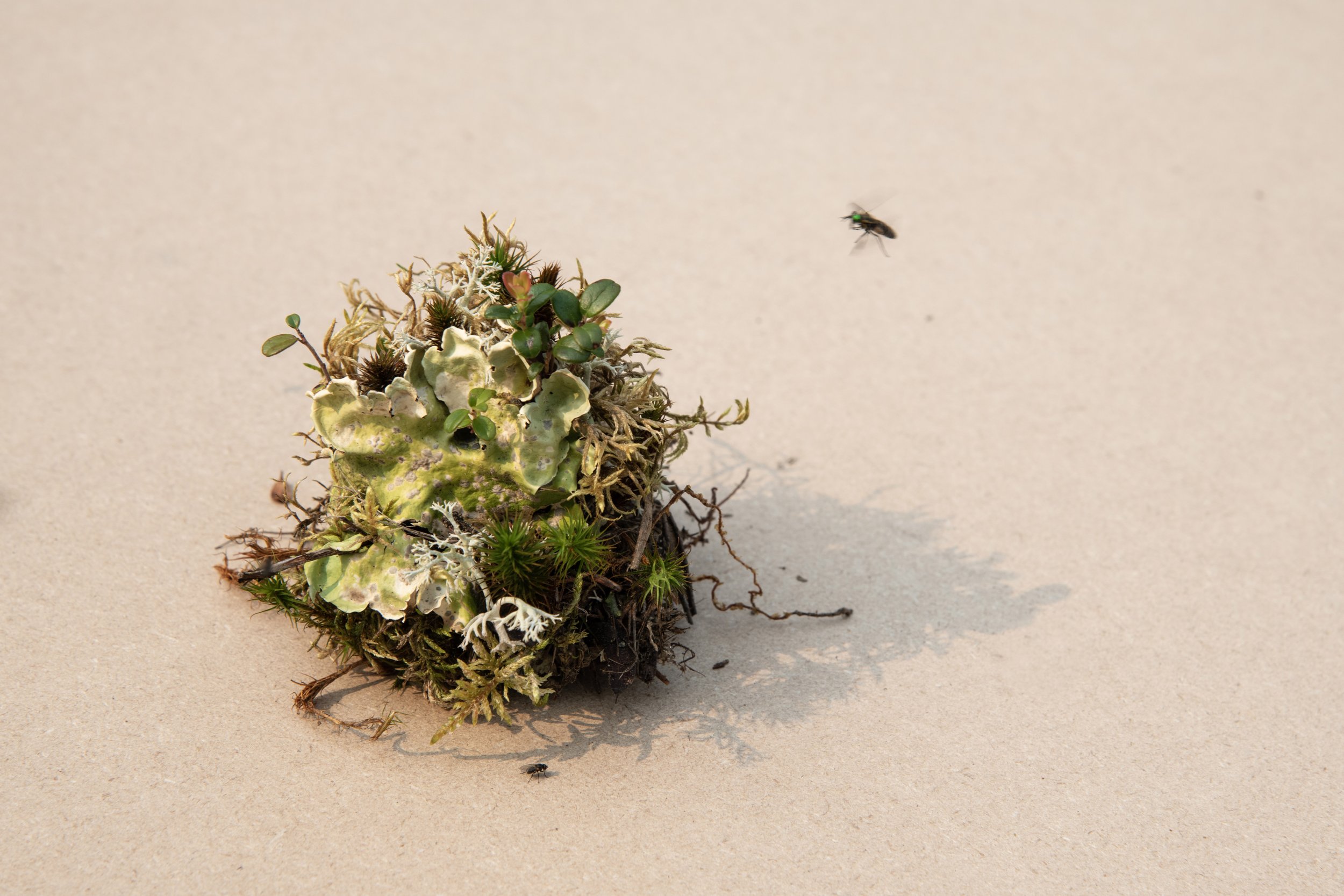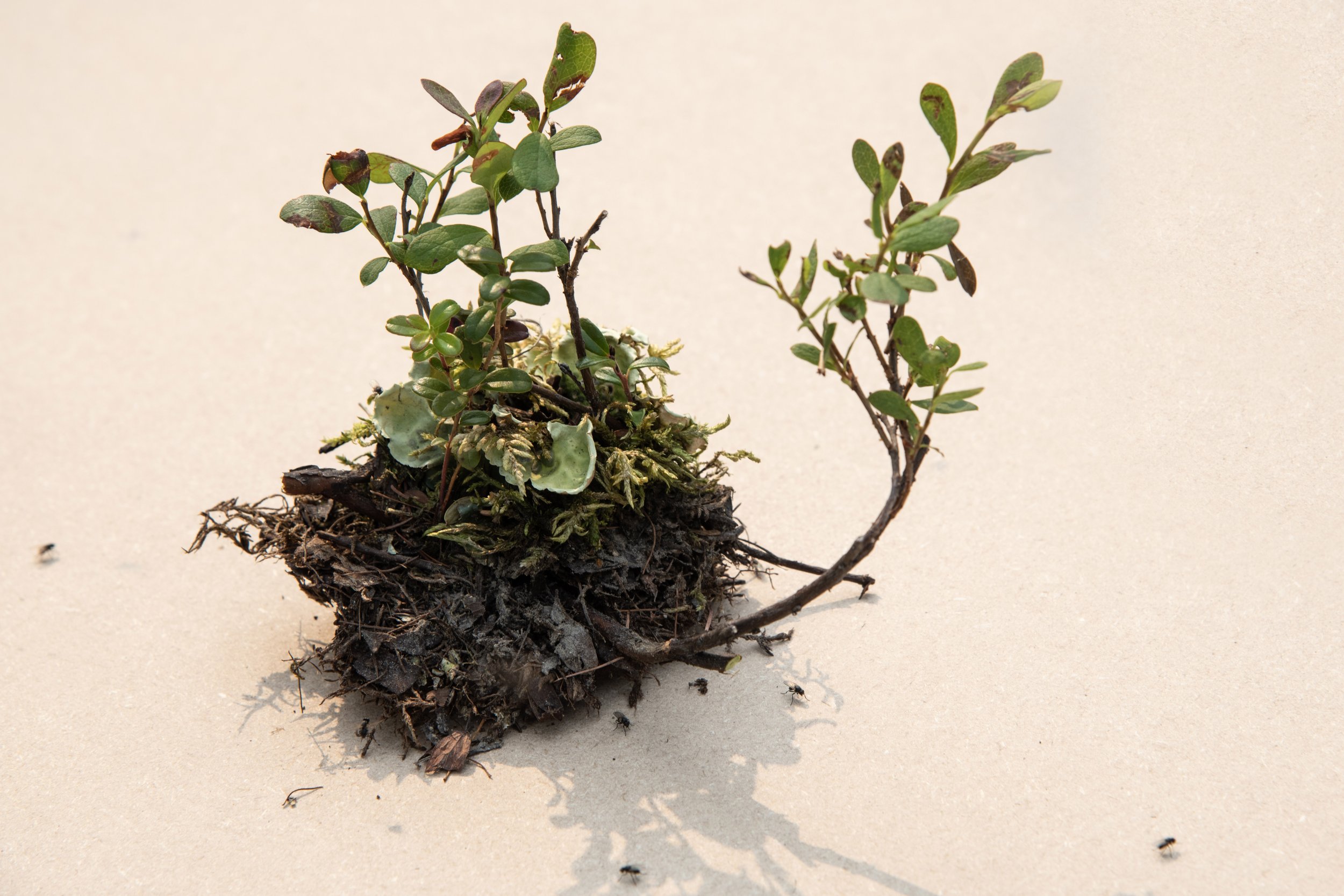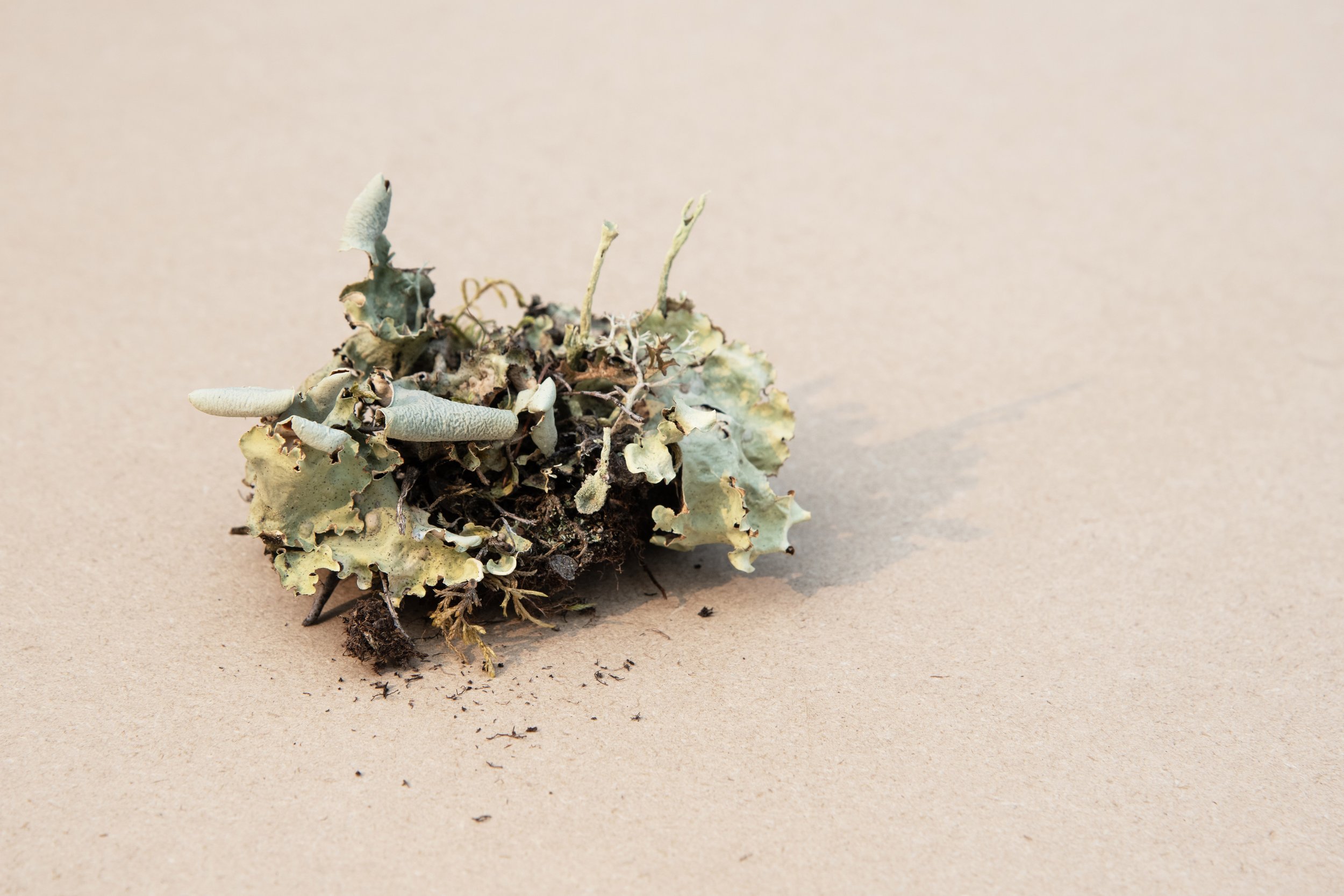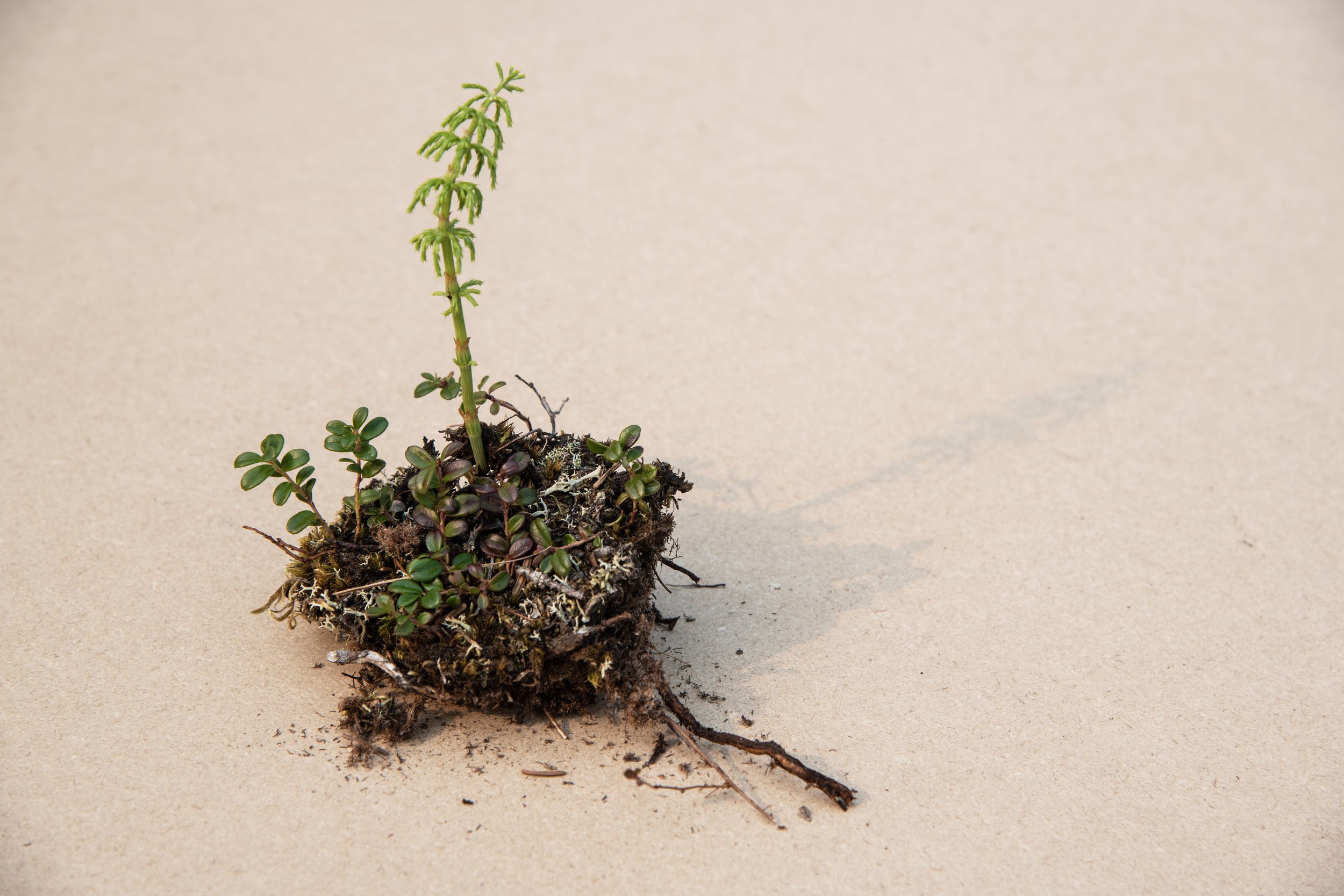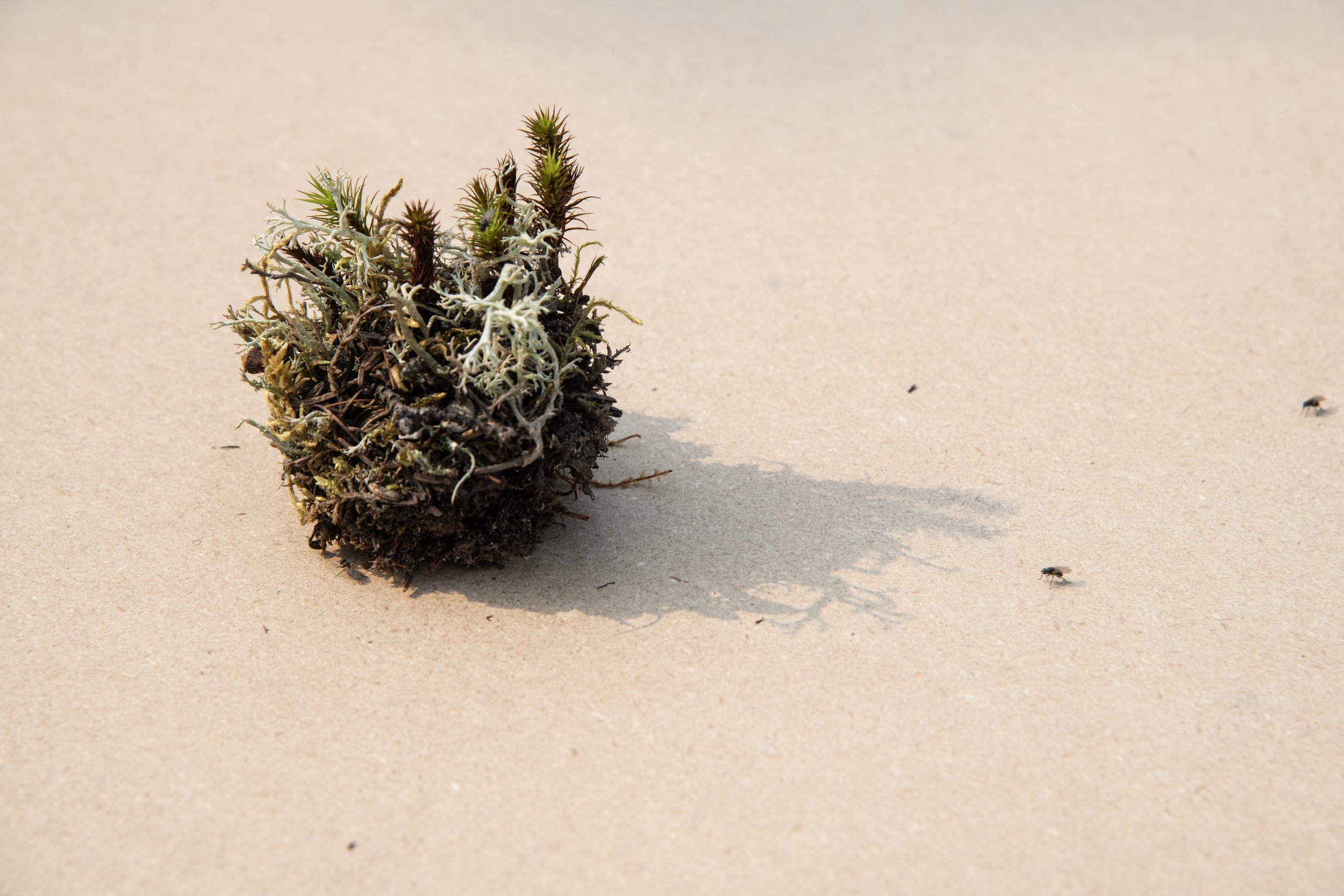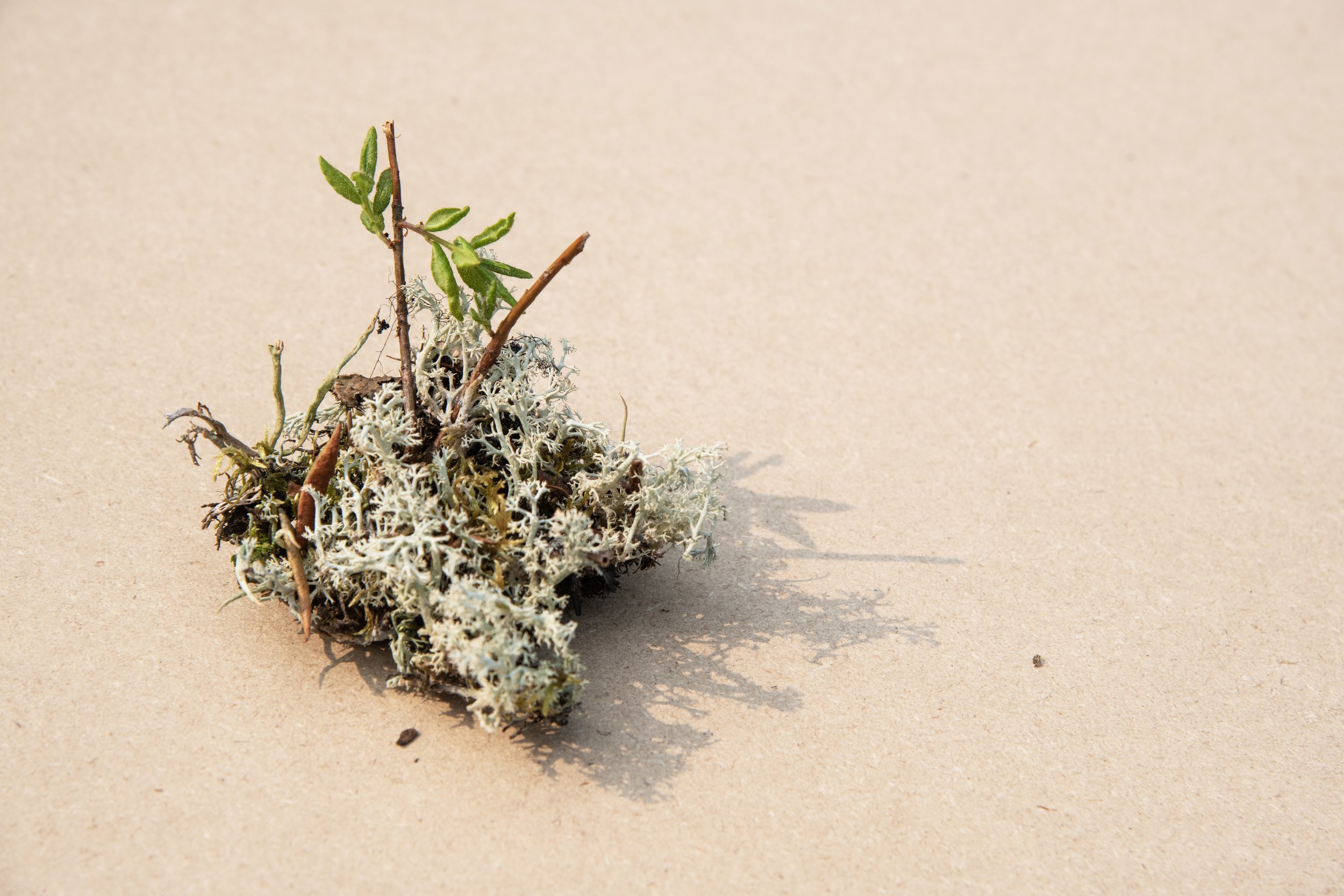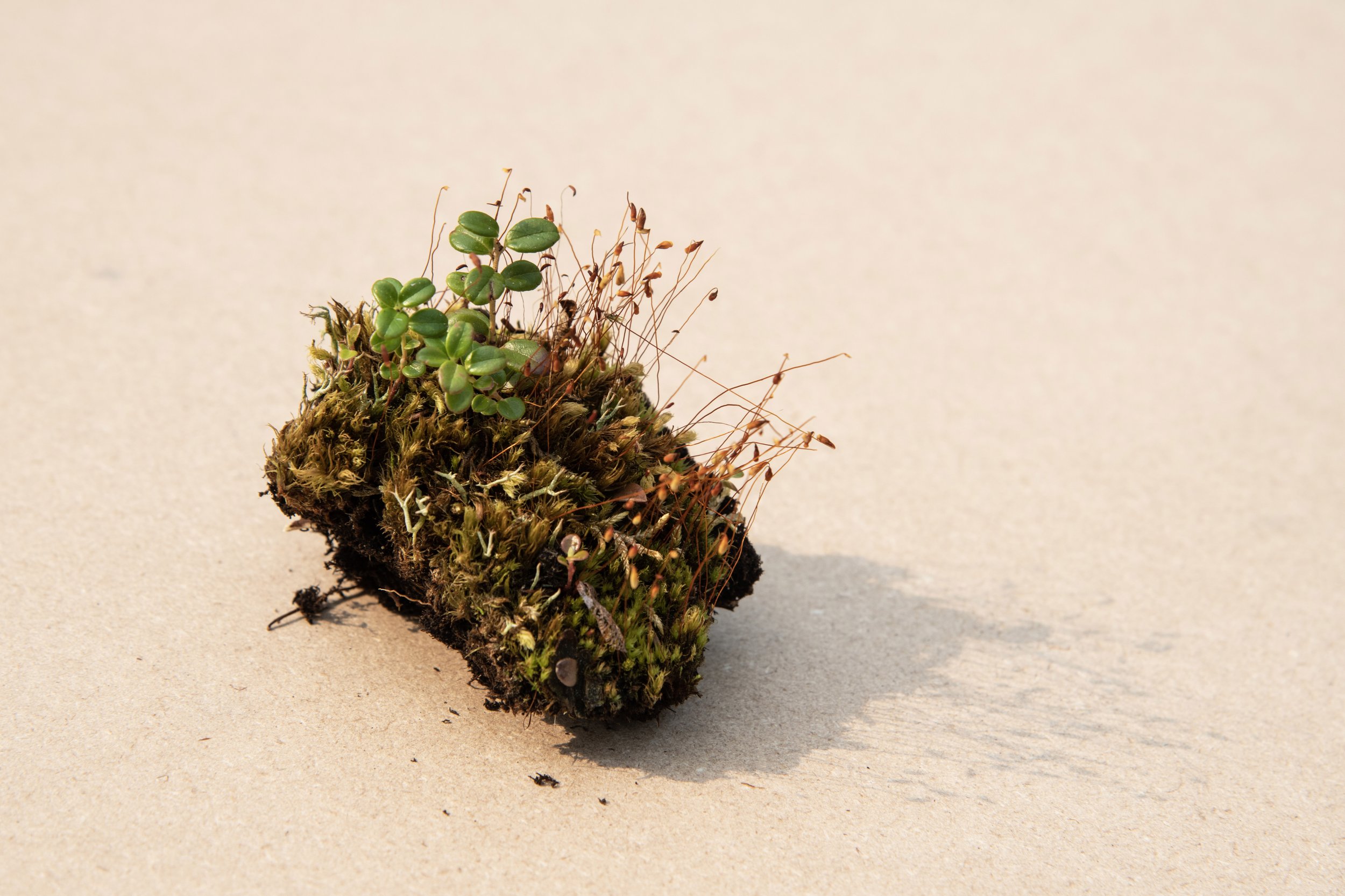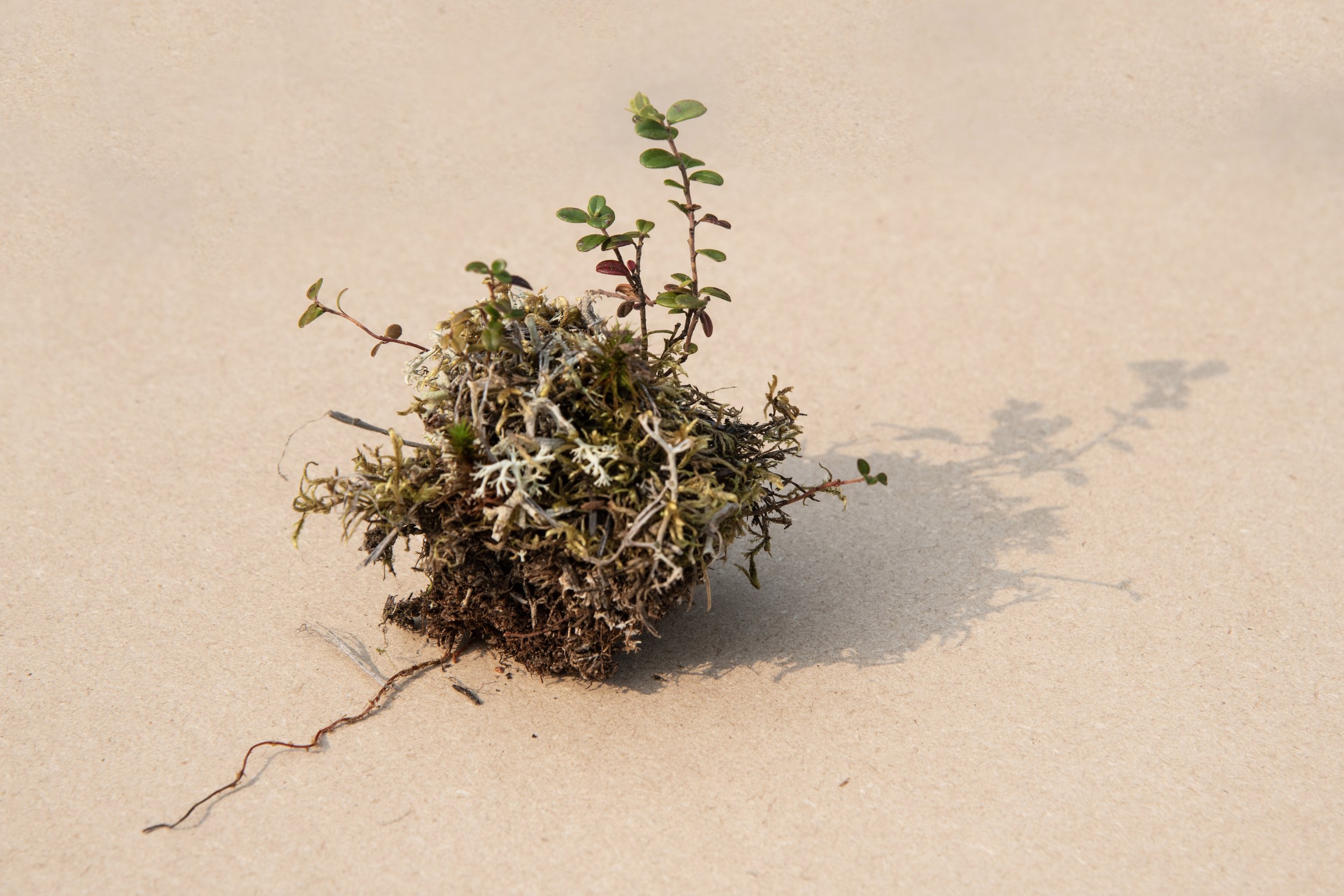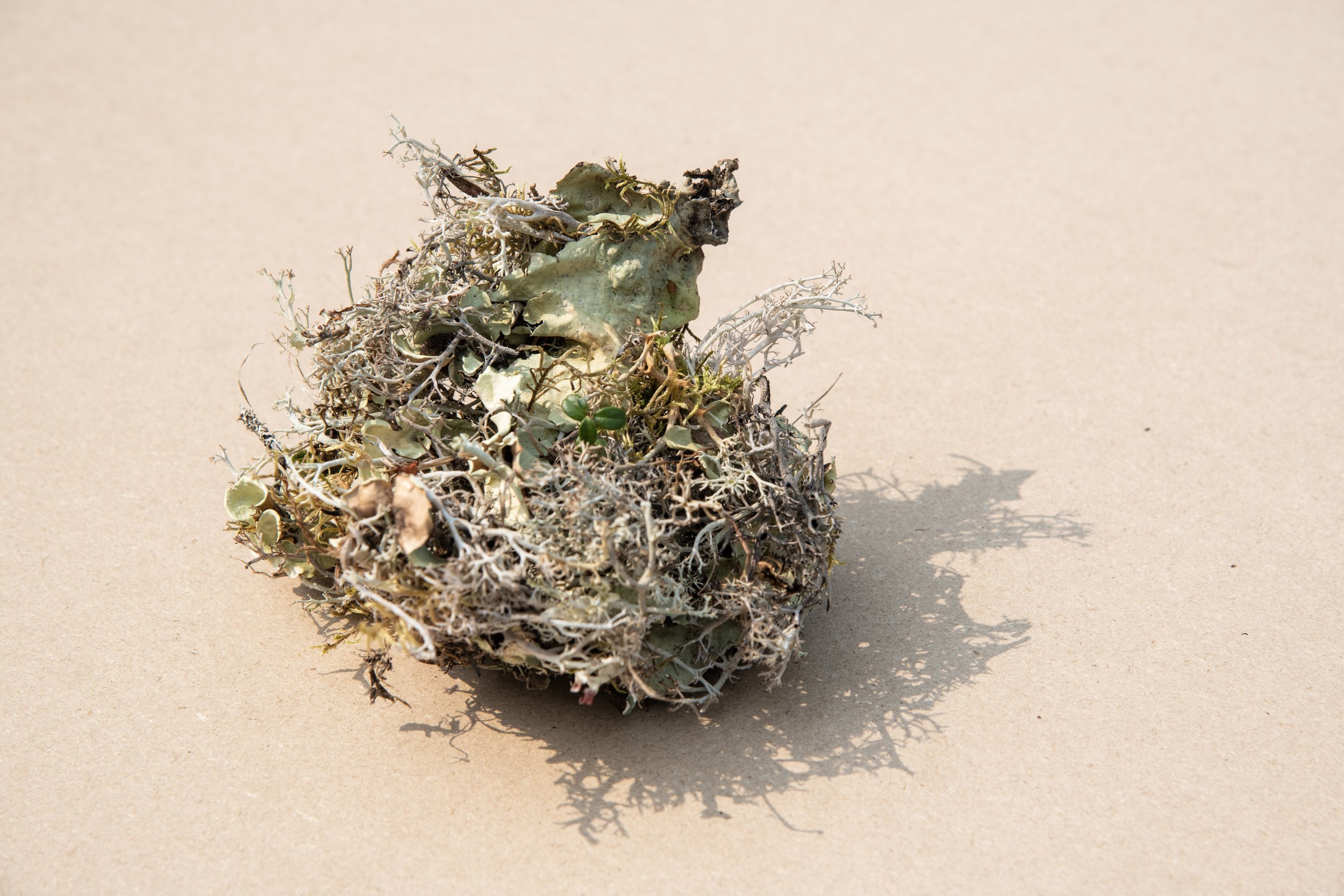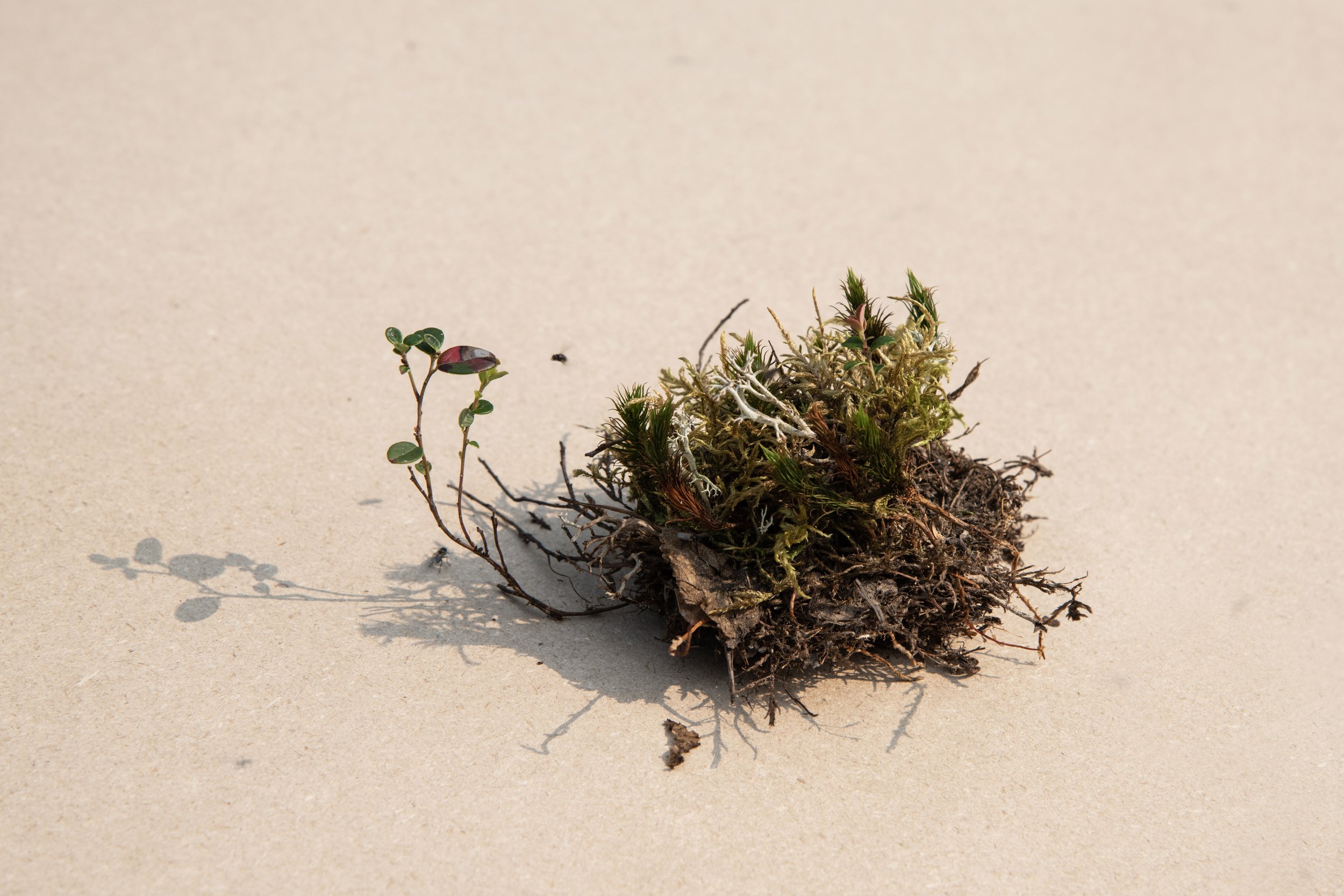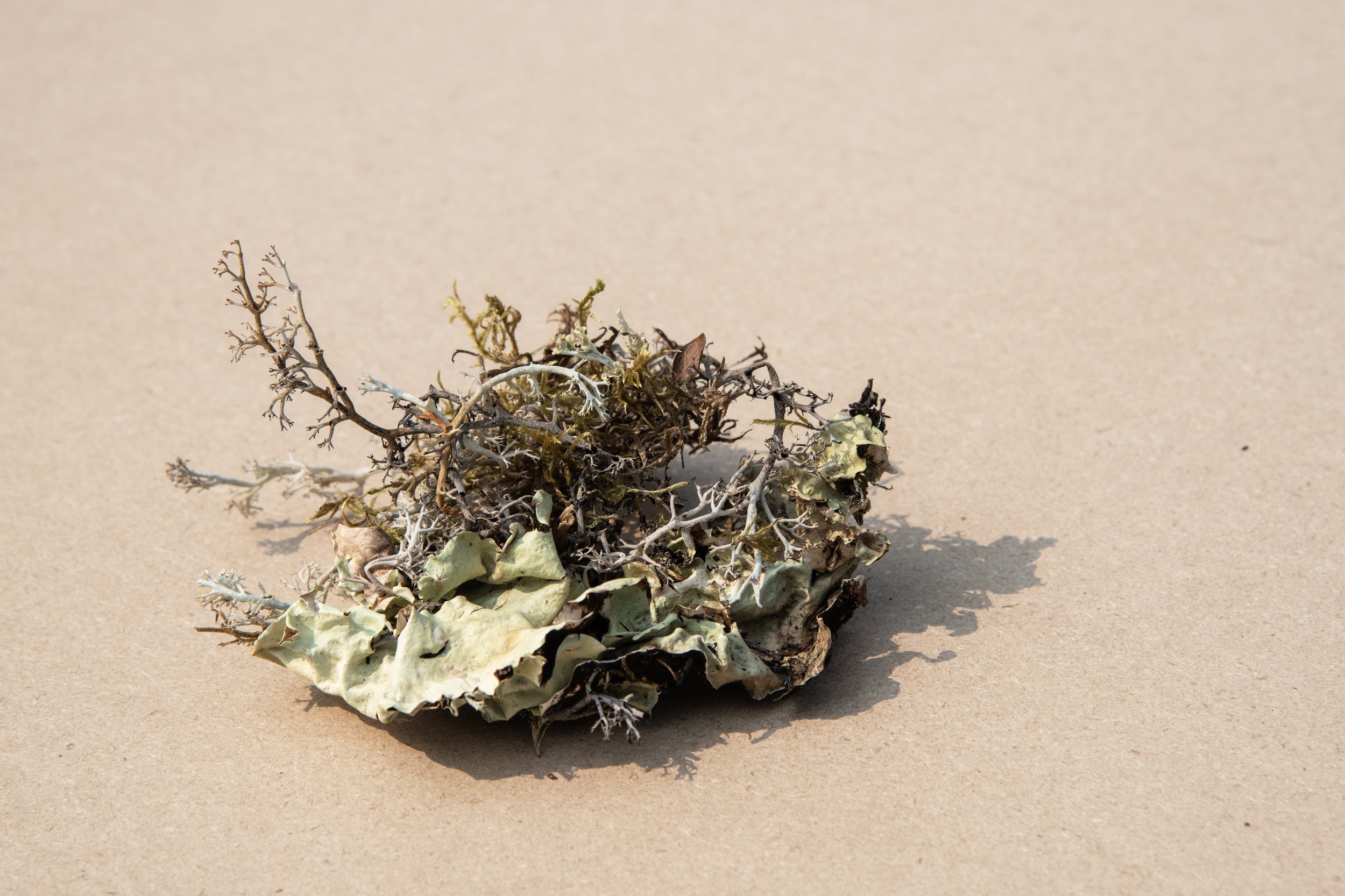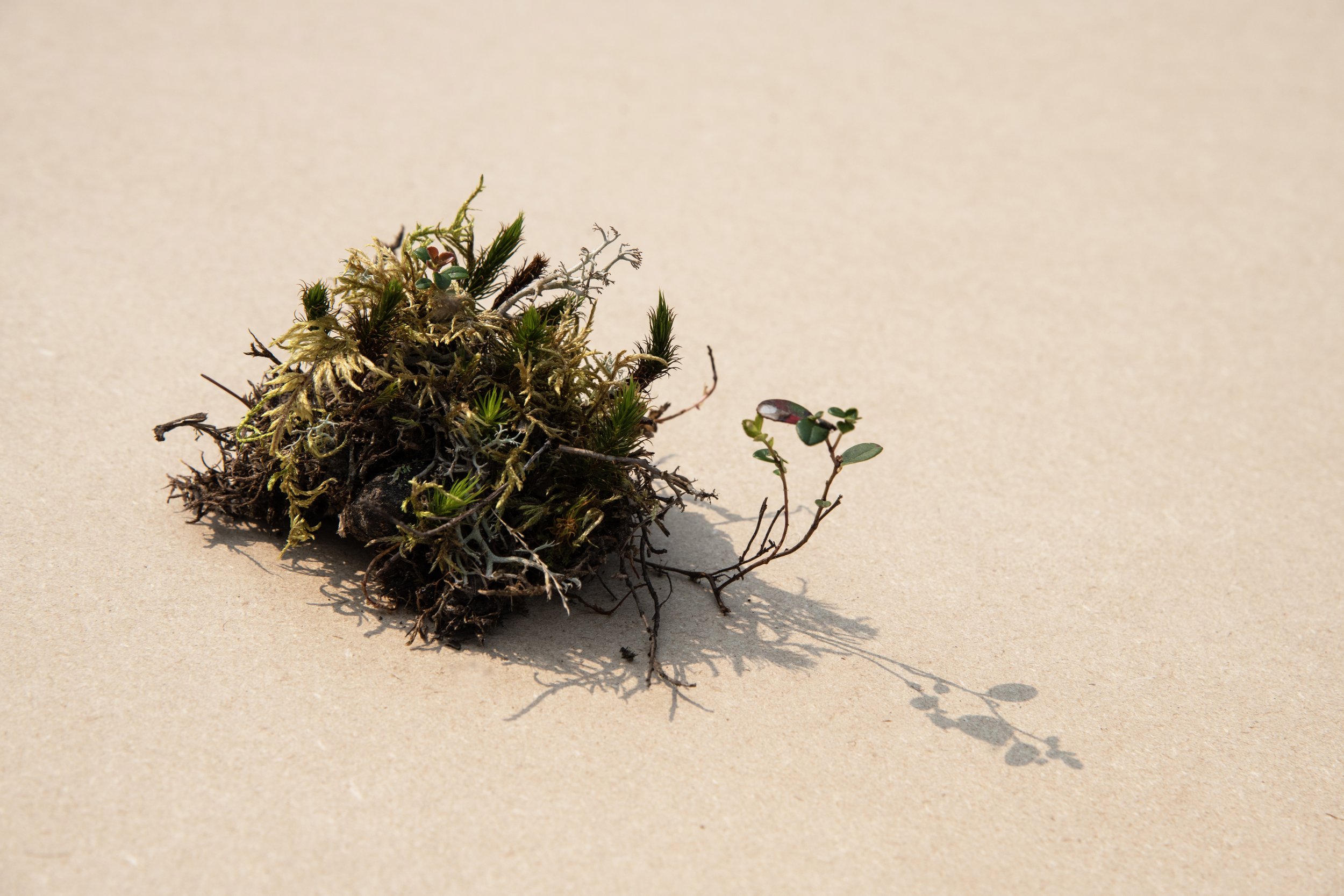The Quiet & The Mighty: Photographs from the Alaskan Boreal
In the summer of 2022 I was invited to be an artist in residence as part of the National Science Foundation’s Arctic Natural Sciences project entitled “Environmental and Biological Controls on Carbon Uptake Phenology in Permafrost AffectedBoreal Forests,” led by Jennifer Watts of Woodwell Climate Research Center, with co-investigators Xi Yang and Howard Epstein of University of Virginia, and Nicolas Parazoo of the NASA Jet Propulsion Laboratory. The project uses various field observation, remote sensing, and modeling techniques to examine the seasonality of carbon cycling in evergreen and deciduous boreal forests at the Caribou-Poker Creeks Research Watershed in Interior Alaska, which is also a National Ecology Observatory Network (NEON) site just west of Fairbanks in the boreal forest of the Alaskan arctic.
As part of the field observations during the summer of 2022, Howie Epstein and Elise Heffernan sampled the vegetation along a spatial, topographic gradient from black spruce dominated evergreen forest stands to birch dominated deciduous forest stands. They created stem maps for 5m x 5m plots and harvested two 0.1 m 2 quadrats for understory aboveground biomass quantity and composition. These specimen photographs, made in a naturally lit makeshift studio in the field, are of subsamples of the understory vegetation along the transect, composed of dwarf shrubs, forbs (i.e. herbs), grasses and sedges, and mosses and lichens.
The Quiet & The Mighty focuses our attention on the unseen complexity of the smallest plants blanketing the tundra floor. These tiny giants, store vast amount of carbon and are on the front lines of mitigating climate change. They are also extraordinarily beautiful worlds unto themselves—a reflection of the diversity of the arctic boreal.
*specimen size approximately 1 x 1 inch.

